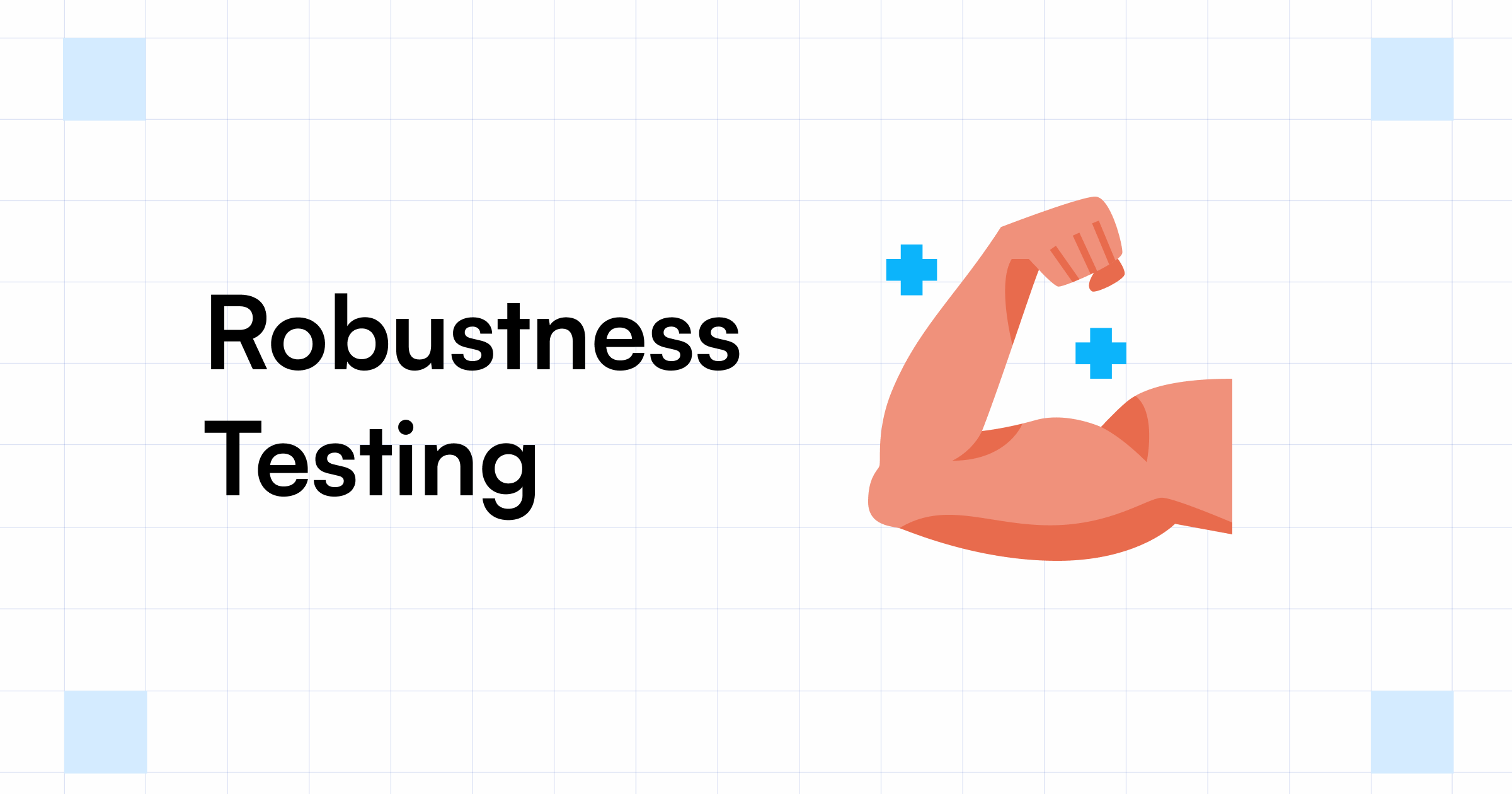If you’ve heard the term “serverless architecture” but don’t know what it means, don’t worry. It’s a trendy idea that’s becoming more popular, and lots of companies are talking about it. But why are they so excited about it? Well, in this article, we’ll explain 10 great advantages of using serverless technology.
Using a serverless architecture for your business has many benefits. If you’re interested in learning why it might be a good choice for you, keep reading to find out why it can be a smart move.
So What is Serverless Architecture?
- Back-End as a Service (BaaS): Think of BaaS as a system where most of the important stuff for a software application, like a mobile app or a website, is taken care of by a helper from the cloud. This helper is like a friendly robot that does a lot of the work behind the scenes. It’s perfect for apps that focus on making things look great on the front, like having fancy buttons and pictures.
- Function as a Service (FaaS): FaaS is like having a super-responsive application. Instead of running the whole program all the time, it just wakes up and does its thing when it’s needed. It’s like having a superhero that jumps into action when someone pushes a button. This is really useful for programs that need to be flexible and quick when they do their work.
So, in simple words, BaaS is about letting the cloud handle most of the work for your app, while FaaS is like having a fast and efficient program that only does what’s needed when it’s needed.
Now that we’ve broken down the use cases of serverless architecture, let’s dive deeper. Here are 9 benefits to using a serverless architecture for your project.

1. Serverless is easy to deploy
Imagine you want to create a computer program, like a game or a website, and you want to do it quickly. The traditional way might take a long time, like weeks or months, because you have to set up and manage the computer stuff it needs.
But with a serverless approach, it’s like a magical shortcut. You don’t have to worry about the computer part. You can just focus on writing the program, the fun part, and release it in a snap, like within a few hours or days.
And here’s the cool part: if lots of people start using your program, it automatically handles all of them without you having to do anything extra. It’s like having a superhero computer that grows with your program’s popularity. So, in simple words, serverless means you can create and launch your programs super fast without getting bogged down by the technical details.
2. Low cost
When you go “serverless,” it’s like getting a great deal on your computer stuff. You don’t have to worry about buying, setting up, and looking after servers, databases, and some tricky computer work. It’s like hiring someone else to do all that for you.
This not only saves you actual money, but it also means you don’t need as much computer power and people to manage everything. You don’t have to start from scratch to build a server because serverless takes care of all the hard work.
Now, there are some cases where it might not be a lot cheaper, but it depends on what you’re doing. In simple words, going serverless means you can focus on the important computer code while someone else handles the difficult and expensive parts.
3. More Time For UX
If you’re making something like an app or a website for people to use, here’s the deal: the folks using it don’t care about all the technical stuff in the background. They can’t see or understand all the complex code you’ve written for the computer part.
What they do care about is how it looks and how easy it is to use. That’s the part that matters to them – the buttons, pictures, and how smooth everything works. So, it makes sense to spend your time and resources on making the part that makes customers happy, which is the user interface and experience. In simple words, make it look good and work well for your users, and they’ll be happy.

4. Better scalability
Imagine you want your app to become as big as Google one day. To handle all those people using it, your computer system needs to be super strong.
Now, with a serverless setup, it’s like having a flexible system. If your app becomes really popular and lots of people start using it, you can easily make changes to handle all those new users. It’s like adding more chairs to a table when more friends come over to eat.
But here’s the cool part: if your app doesn’t become super popular, no worries! You didn’t waste time and money setting up a big system that you didn’t need. So, the big benefit is that serverless lets you be ready for success but doesn’t make you spend a lot if you don’t need to.
5. Improved latency
When you use a serverless system, it’s like having access points all around the world. This makes it really easy for people from anywhere on the planet to use your app. And the best part is, no matter how many people are using it, your app won’t slow down.
Here’s an example to help: Imagine you have a regular server on the West Coast, and someone from the East Coast wants to use your app. With a traditional server, they have to send their request all the way across the country and back, which can take some time.
But with a serverless system, their request only goes to the closest serverless spot, which might also be on the West Coast. So, it’s like a shortcut, making things faster.
Now, there’s just one little thing to keep in mind – sometimes, with serverless, it takes a bit of time for the app to get ready to work, like when you start a car’s engine. We call this “cold starts.” But that’s a small downside in comparison to all the good stuff you get with serverless.
6. “Greener” hosting and computing
Imagine big companies have their own special rooms full of computers that run all the time. These rooms are like super busy factories, using a lot of electricity to keep everything going. It’s like having the lights on 24/7.
Now, with serverless architecture, it’s like buying these computer machines only when you really need them. So, instead of keeping the factory running all the time, you turn it on only when you have work to do.
This means you use less electricity and fewer resources, which is good for the environment and can save a lot of money. In simple words, serverless lets companies be more efficient by using their computer power only when necessary, like turning off the lights when you don’t need them.
7. Improved flexibility
Starting a project with a serverless approach is like getting a head start in a race. It’s easier and faster than the traditional way of doing things.
When you use serverless, you can quickly see your work in action, like a magician’s trick happening right before your eyes. This means you can move on to the next thing you want to create, like adding new features or making your project even better.
It’s like having a superpower that lets you try new things and change your plan if needed without any big problems. So, in simple words, serverless makes it easy to start, see results fast, and keep making your projects better and better.

8. Happier customers
Whether or not serverless architecture makes customers happier depends on the company. But here’s how it can help:
If a company can create new things and make improvements to their products quickly, it’s like giving customers a gift. Customers love getting new and better stuff, like new features in their apps.
Imagine waiting a whole year for tiny fixes or new things – that’s not fun. With serverless, the company doesn’t have to spend a lot of time worrying about the technical stuff. They can focus on making their products better and release those improvements fast. It’s like making your toy even cooler and giving it to you right away. So, in simple words, serverless can help companies make customers happier by delivering improvements and new features quickly.
9. Serverless is more efficient
Imagine you have a special computer, and it’s like a light that’s always on with the regular way. You pay for the electricity whether you’re using the light or not. It’s like keeping a lamp running all the time.
Now, with a serverless setup, it’s like having a magic light that only turns on when you need it. You only pay for the electricity when the light is actually shining. This is like turning on a flashlight when you need to see something, and you only use batteries when you use the flashlight.
This not only saves money but also reduces waste because you’re not using things when you don’t have to. Plus, you don’t have to worry about all the technical details and planning, like setting up the computer, making sure it’s the right size, and handling all the maintenance. In simple words, serverless is like paying for what you use, just like turning on a light when you need it, and you don’t have to worry about the technical stuff.
You can visit our site TechMe Today to get more tips. We hope this tips are helpful.



